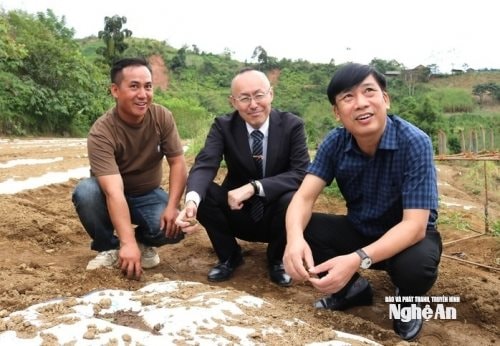
The garlic planting and equipment provision ceremony was attended by representatives of Nghe An Department of Agriculture and Environment, Provincial Agricultural Extension Center, commune leaders and nearly 30 beneficiary households.
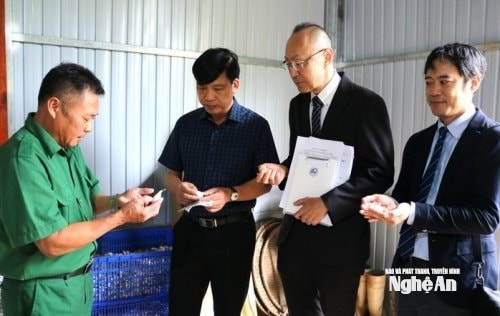
This is a specific step in the Project "Developing the Sanuki garlic value chain in Nghe An ", phase 2023-2026, under the Japanese Government's small and medium enterprise support program towards sustainable development goals (SDGs).
At the ceremony, JICA and Farmers' Co-op handed over to Na Ngoi commune irrigation systems, plows, seed preservation equipment and many modern production tools, helping people access advanced farming processes.
According to the JICA representative, the synchronous transfer of both equipment and technology will help ensure irrigation water sources, improve soil preparation and extend seed preservation time, thereby increasing productivity and product quality - which are weaknesses in agricultural production in the highlands. Not only providing technology, the project also brings Japanese agricultural experts to directly guide the people in techniques, combining "hands-on" training to ensure the model is operated effectively and sustainably.
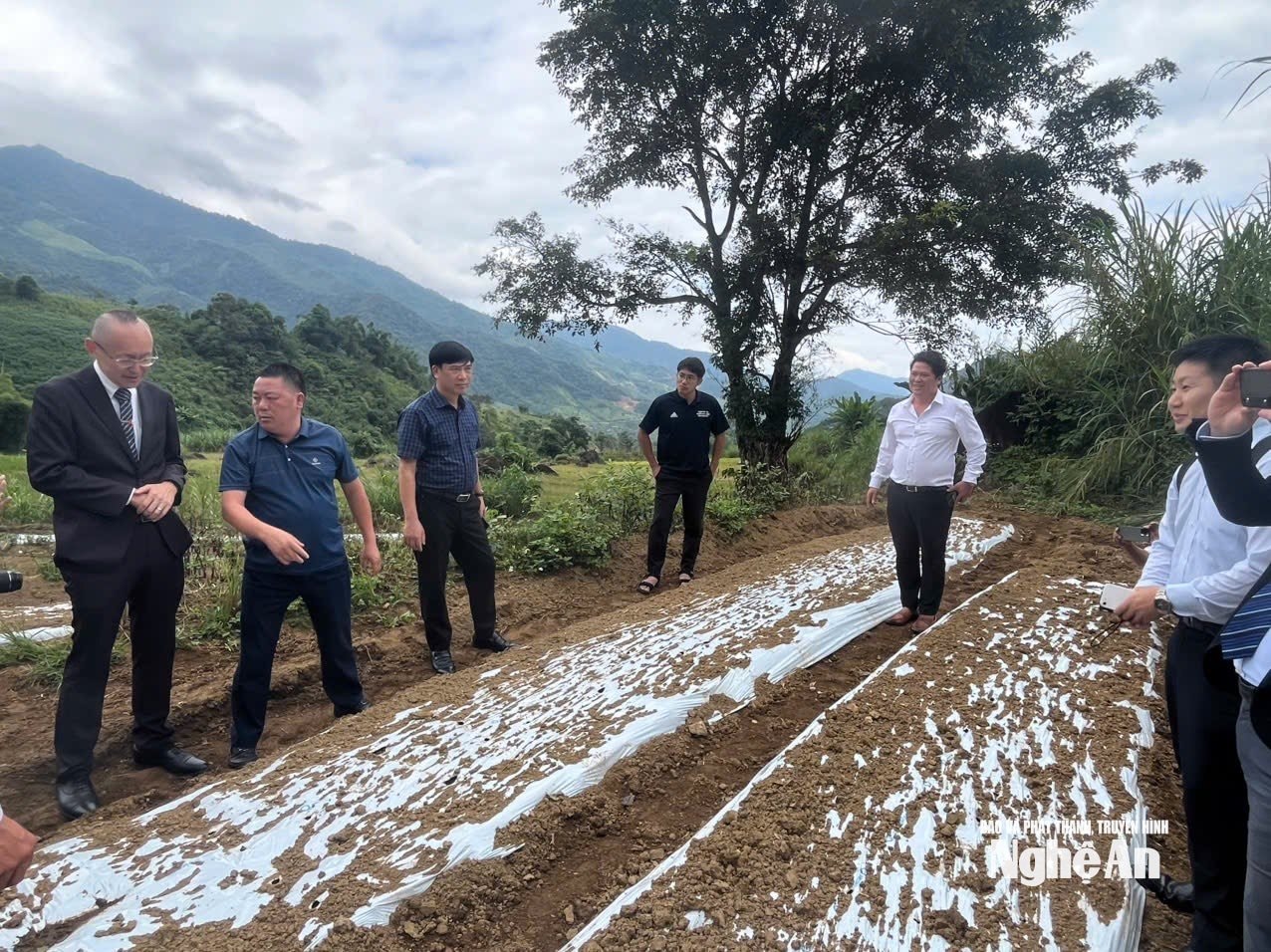
Mr. Ta Quang Sang - Director of Nghe An Agricultural Extension Center said: The special feature of this model is that Sanuki garlic (also known as Japanese white garlic) was selected to be planted in Nghe An. This is a famous garlic variety of Kagawa region (Japan), with large bulbs, even cloves, light aroma, mild spicy taste and rich in nutrients, especially high allicin content - a substance that has antibacterial effects, enhances immunity and reduces cholesterol. Sanuki garlic is also highly valued in the pharmaceutical industry and high-end food processing.
Thanks to its superior nutritional value, Japanese white garlic is priced 3-5 times higher than regular garlic, and is favored by demanding markets such as Japan, Korea, and Europe. Bringing this garlic variety to experimental cultivation in the mountainous region of Nghe An not only opens up a new direction of production but also contributes to diversifying high-value commodity crops.
According to JICA experts, the cool winter climate, clean land, and little chemical impact in Na Ngoi commune are favorable conditions for growing Sanuki garlic.
The model has been successfully tested before and is now being implemented. The partners not only focus on the cultivation stage but also aim to build a complete value chain - from seed selection, cultivation, harvesting, preservation to consumption according to Japanese standards. If successful, Nghe An white garlic products can be certified for export or serve the domestic market in the high-end segment, increasing the value of highland agricultural products.
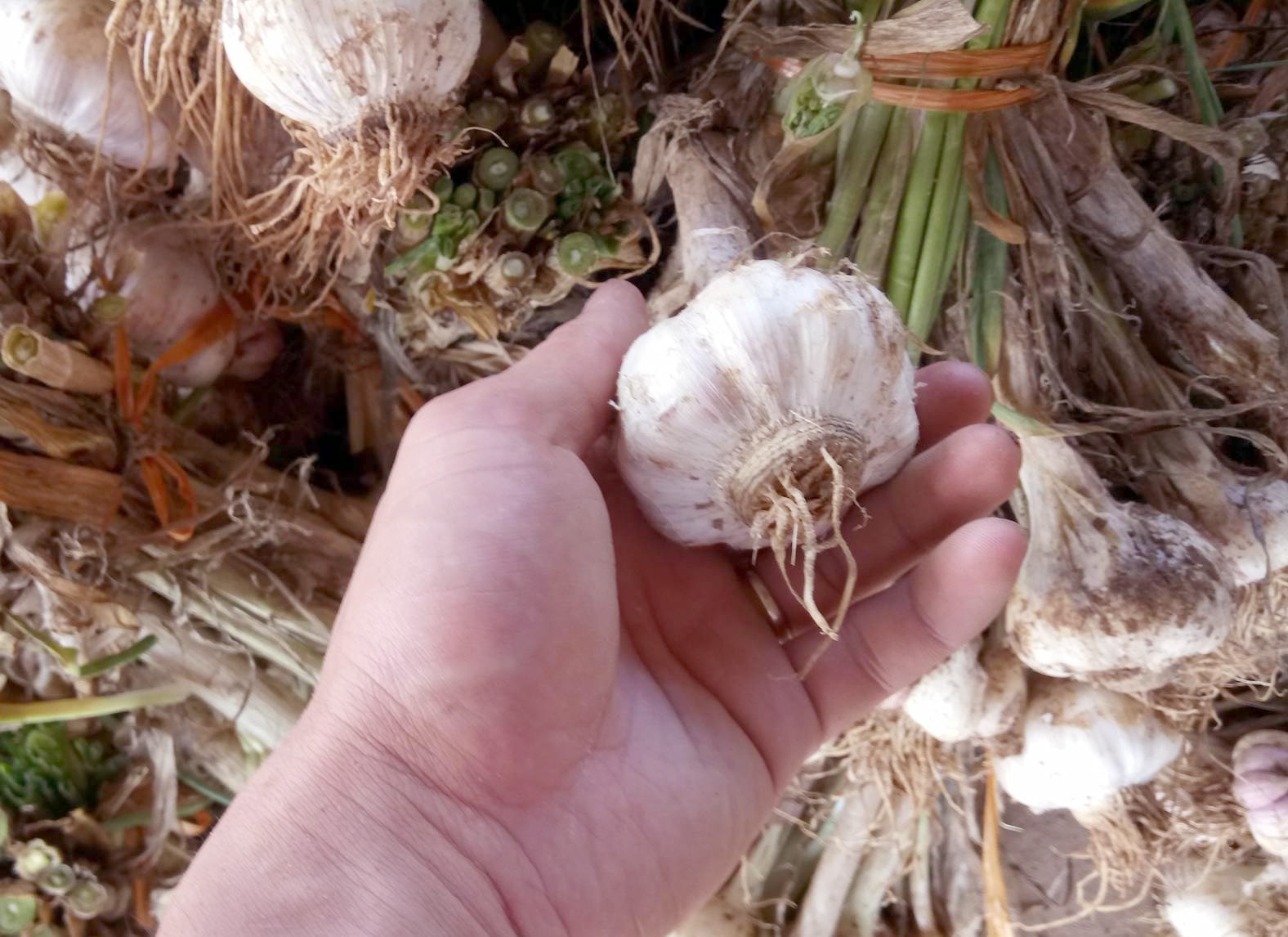
Many households were excited to receive support with new equipment, seeds and techniques. Some households signed a commitment to participate in the model and registered to grow garlic.
For the Mong people in Na Ngoi commune, where most of their income still depends on slash-and-burn cultivation, the JICA project has special significance. The transition to Sanuki garlic cultivation not only helps increase productivity, but also changes the production mindset from self-sufficiency to value-chain-linked commodities. Each hectare of garlic, if it yields 8-10 tons, can bring in 3-4 times more income than corn or upland rice. More importantly, the model helps people stabilize their livelihoods, limits the number of young workers leaving their hometowns, and contributes to protecting border security.
Mr. Kobayashi Yosuke - Chief Representative of JICA Vietnam Office affirmed: "We hope that people in Na Ngoi commune will not only receive equipment and technology, but also approach new production thinking, considering agriculture as an industry that can create high and sustainable value."
Previously, at a meeting with the People's Committee of Nghe An province, Vice Chairman of the Provincial People's Committee Nguyen Van De expressed his gratitude and affirmed that the province will continue to create conditions for JICA to expand projects in the fields of high-tech agriculture, irrigation and livelihoods of ethnic minorities.
Over the years, JICA has implemented many support programs for Nghe An such as the Project for Restoration and Sustainable Management of Protective Forests, the Project for Upgrading the Northern Nghe An Irrigation System, and programs to enhance capacity to respond to climate change. The shift to livelihood support, especially with the Sanuki garlic growing model, is considered a practical step to connect economic development with sustainable poverty reduction.
According to the plan, after the pilot phase in Na Ngoi commune, the model will be replicated in several other communes, moving towards forming a typical agricultural production area of the Mong people associated with the brand "Nghe An White Garlic".
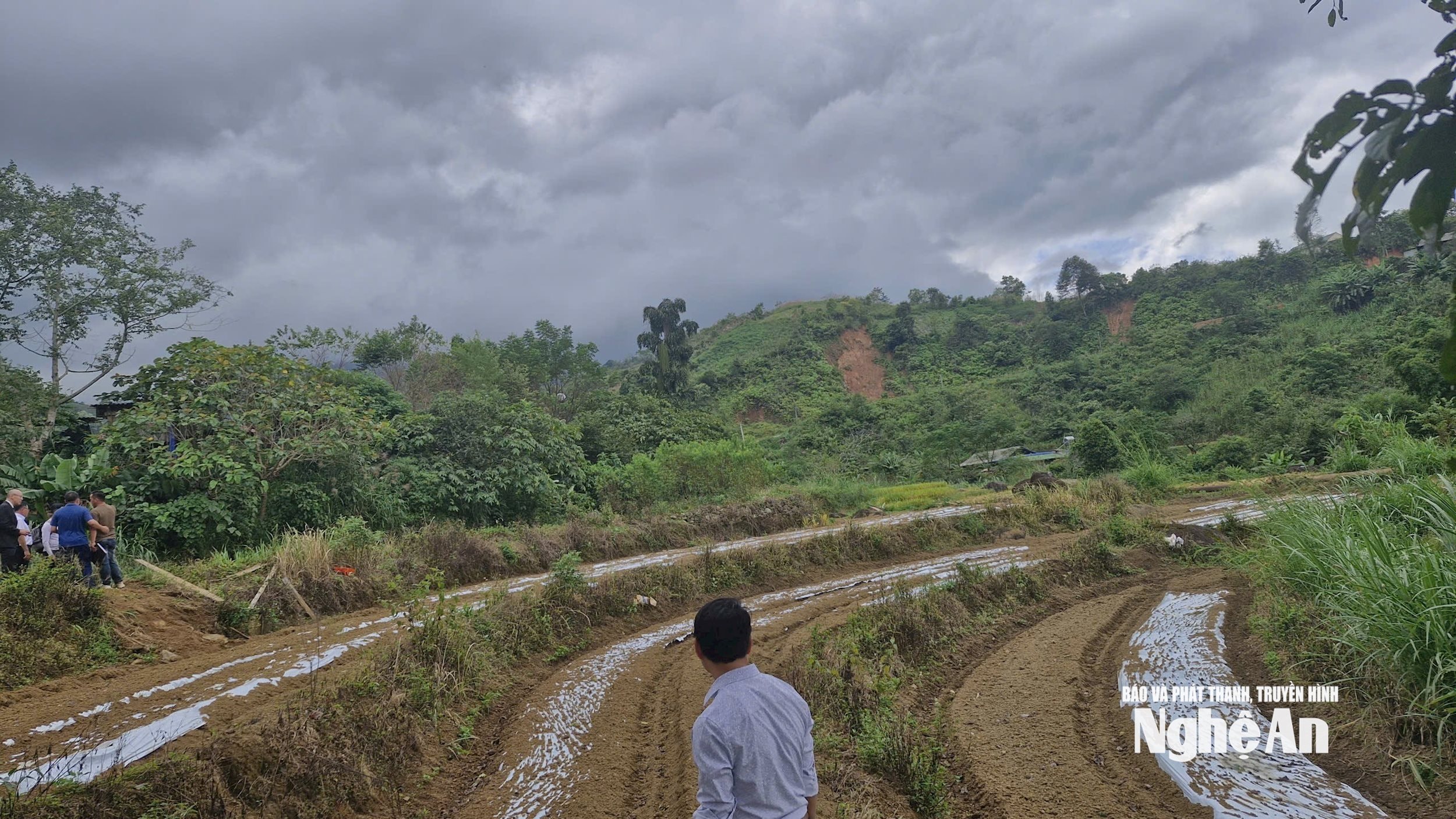
The JICA project in Na Ngoi commune is not only a support in terms of equipment and technology, but also a message of sustainable cooperation, of the Japanese partner's belief in the ability of the people of Western Nghe An to rise up. This is also a project that demonstrates the JICA's persistent cooperation when implementing in a remote commune of Nghe An province.
Source: https://baonghean.vn/jica-tiep-tuc-trien-khai-mo-hinh-trong-toi-trang-nhat-ban-o-xa-na-ngoi-nghe-an-10308497.html


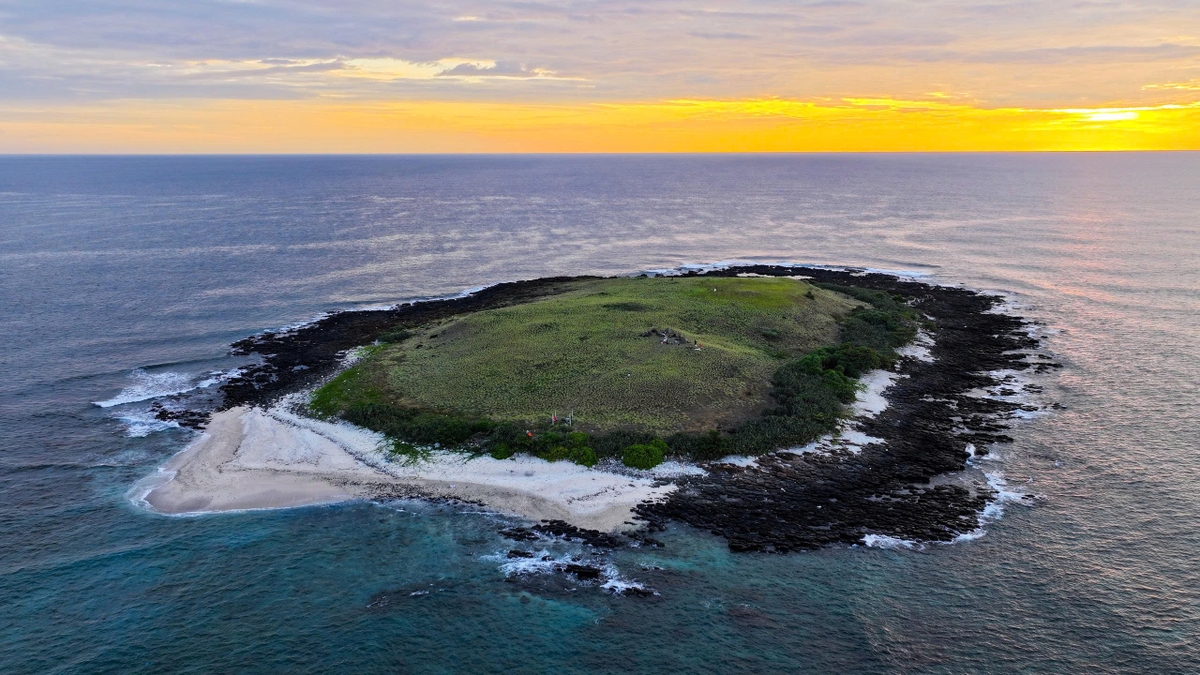
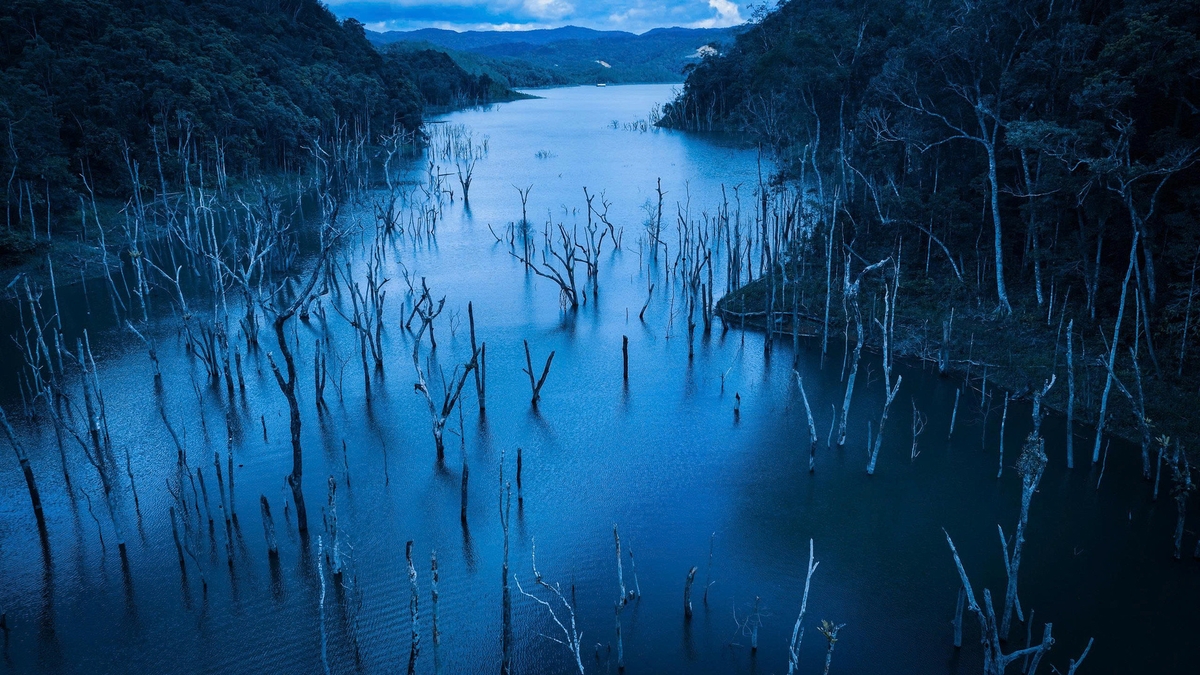






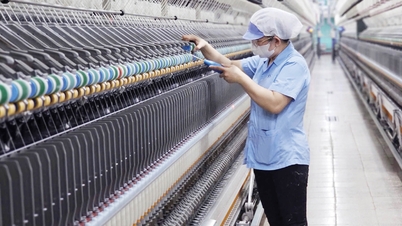

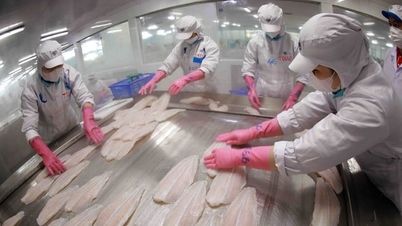

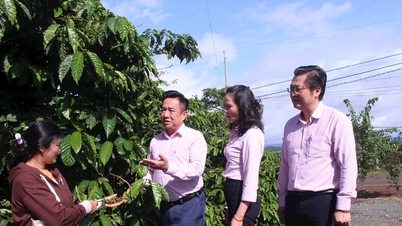

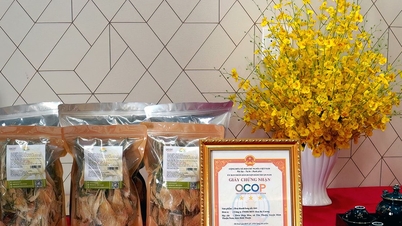
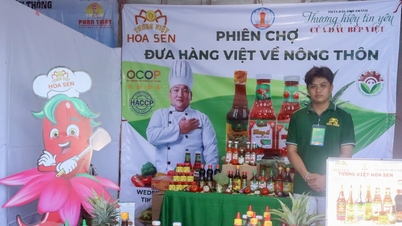
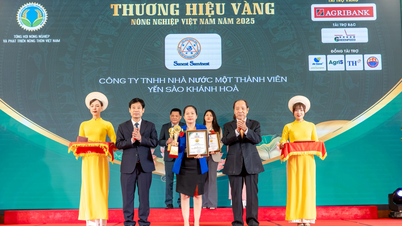

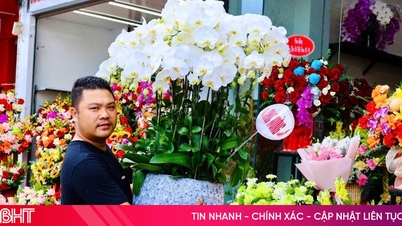

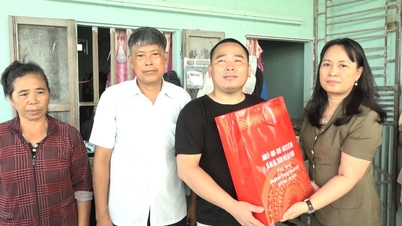





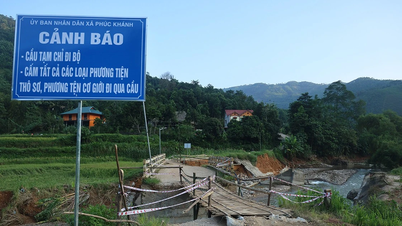





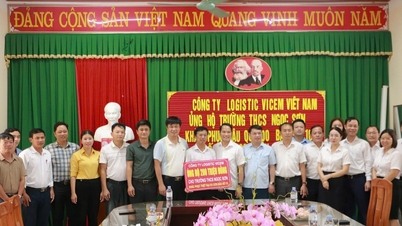
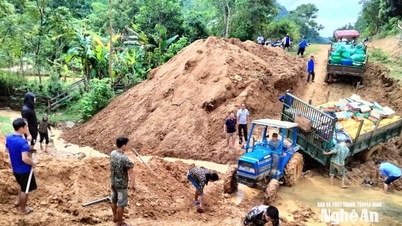
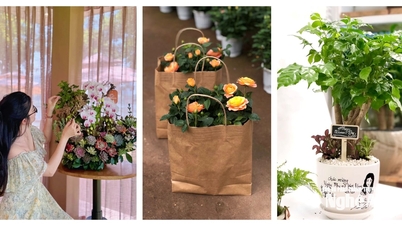

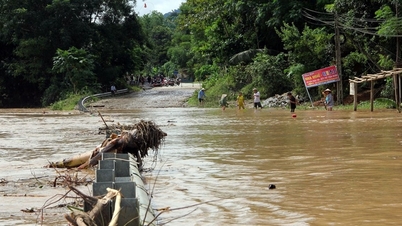

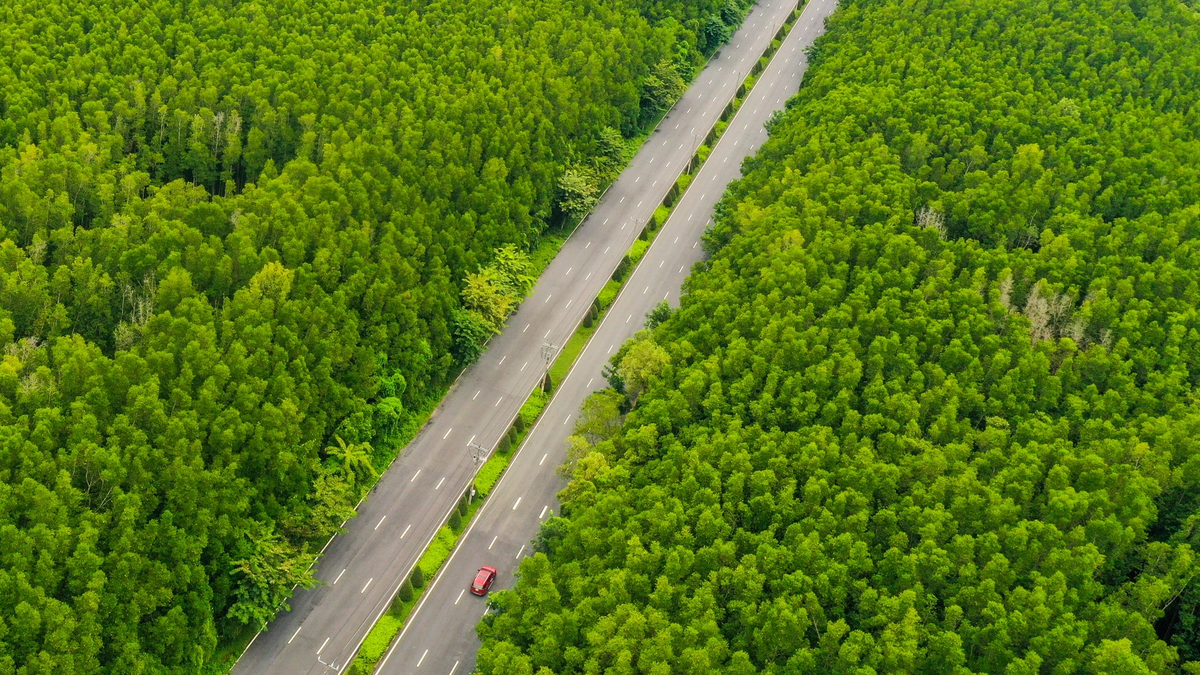
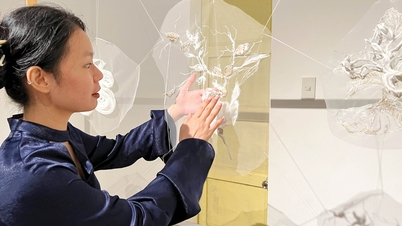
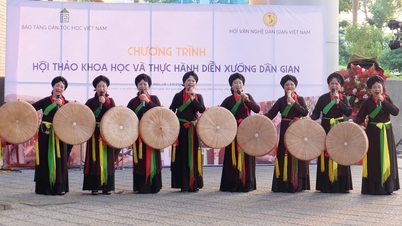



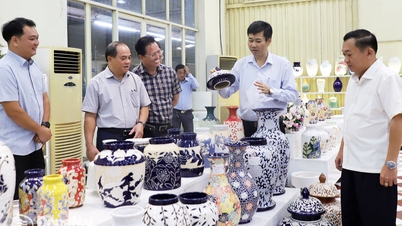







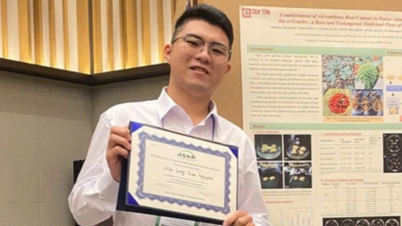



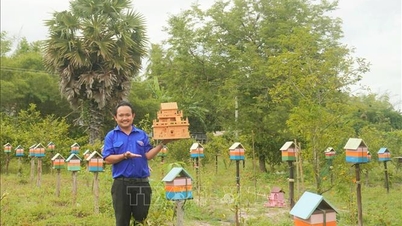




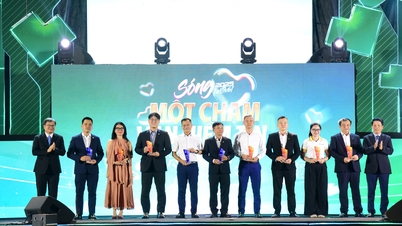















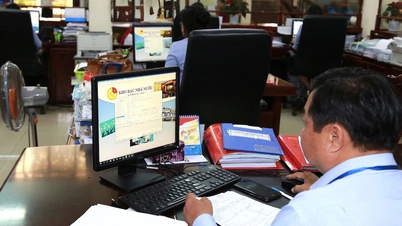
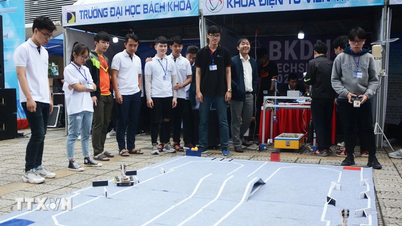

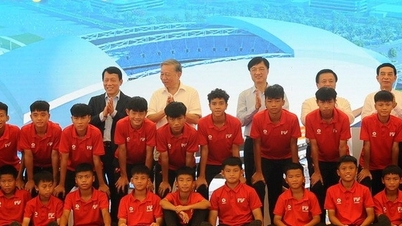
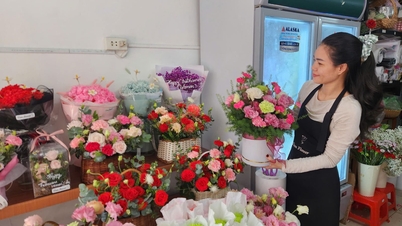






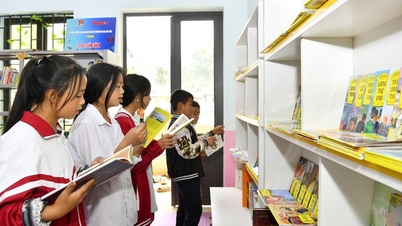

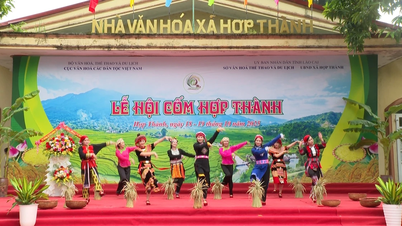
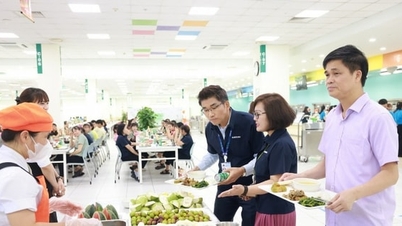
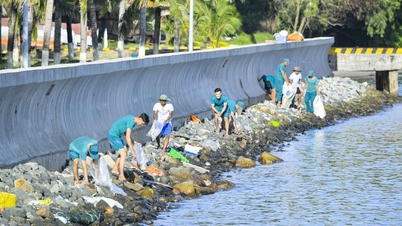

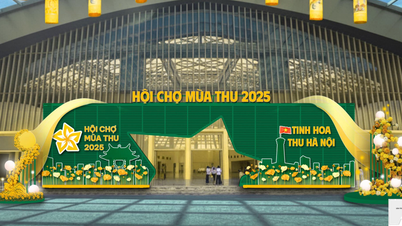










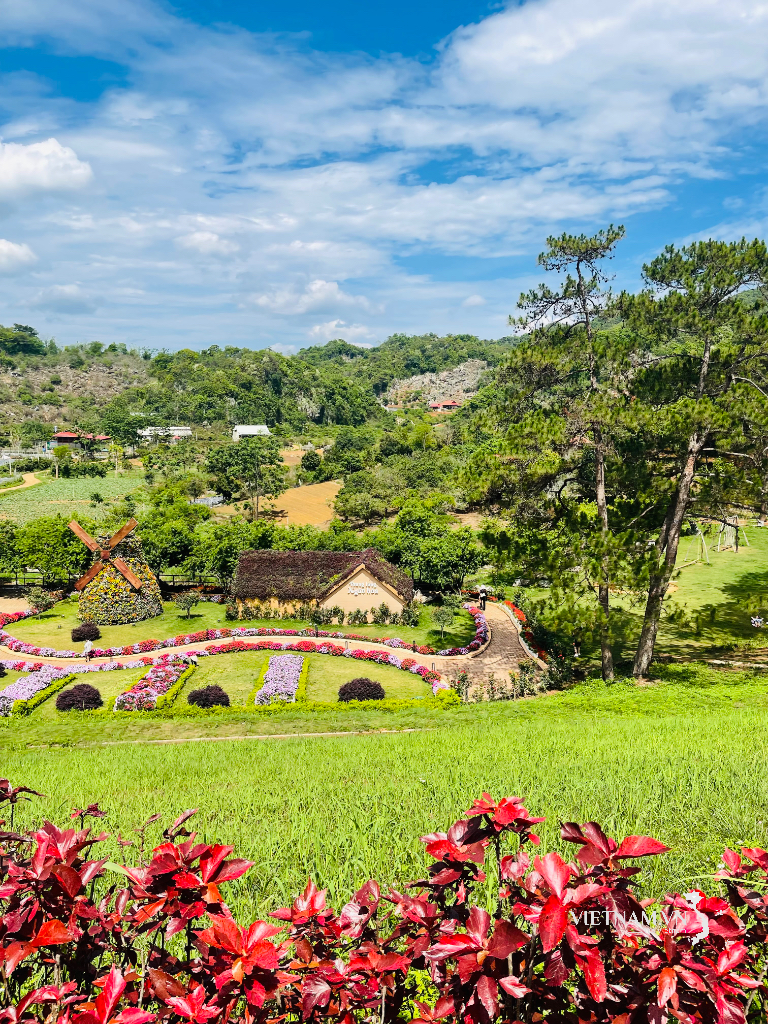


Comment (0)